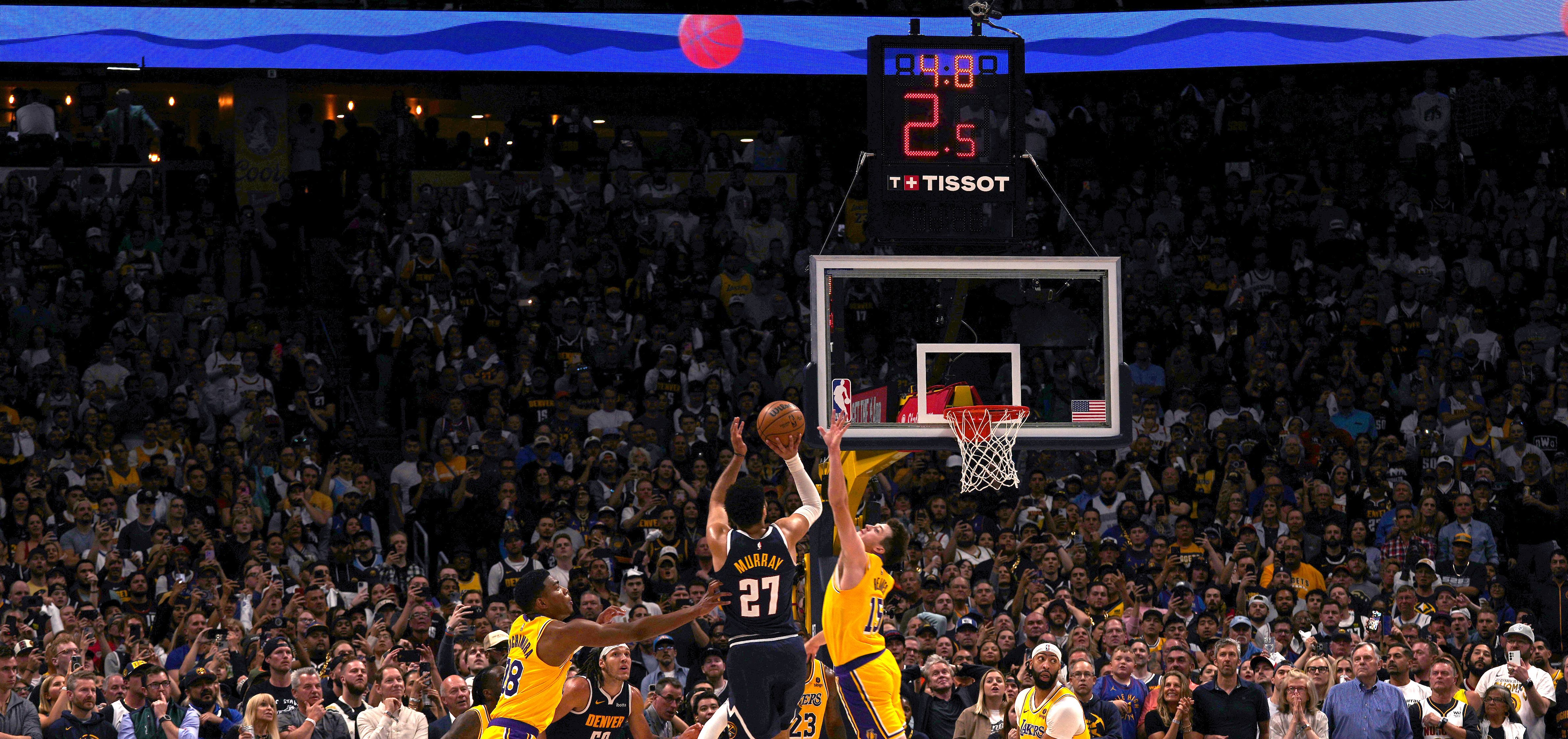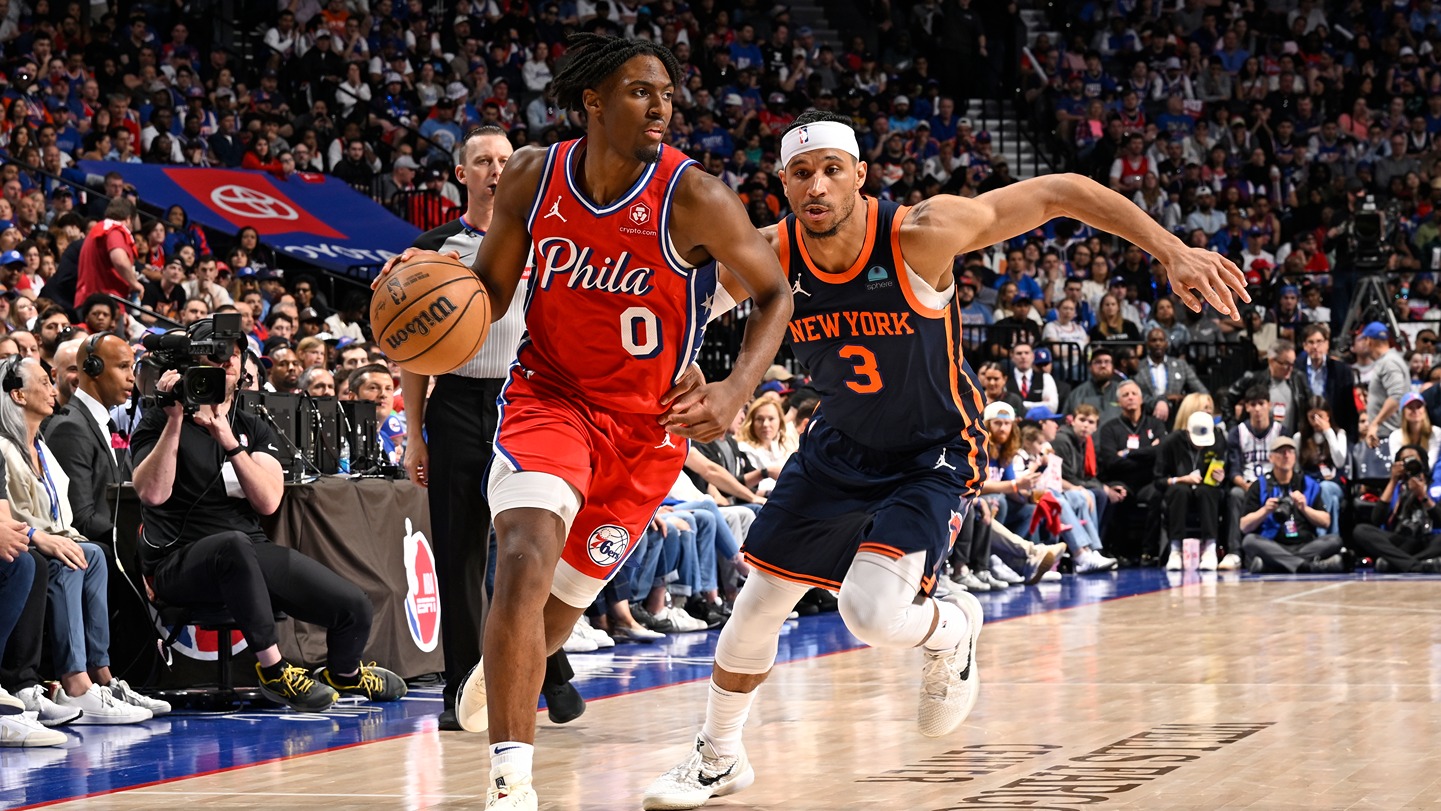The Sixers' plans to build an arena on Market Street by 2031, announced Thursday, were met with some embrace, some resistance, and a whole lot of questions.
A lot of issues centered around the topic of transit - Will this clog up Center City? Are there enough late-night public transit options to get folks home in a timely manner? - but one big question mark that should probably be much bigger is the question of location.
In particular: is the location of the proposed arena going to squeeze out already-marginalized communities in the name of higher profits?
Stay in the game with the latest updates on your beloved Philadelphia sports teams! Sign up here for our All Access Daily newsletter.
READ: Sixers plan for new arena in Center City by 2031-32 season
76 Place's eastern border is, right now, planned to be a block away from the entrance to Philadelphia's Chinatown. The proximity is concerning to residents and business owners in Chinatown, who understand that with a brand-new arena come higher prices, tighter budgets, and a harder time keeping up with rising costs.
In short, gentrification.
Asian Americans United, a group of Asian American leaders in Philadelphia which says it exists "so people of Asian ancestry in Philadelphia exercise leadership to build their communities and unite to challenge oppression", released a statement Thursday after the Sixers' arena announcement in which AAU said it's forming a coalition to "resist the proposal" for the arena.
NBA
"We all share a love and deep commitment to this community which serves as a hub for the Chinese and larger Asian communities," local business owner Xu Lin said in the statement. "We come here to gather with our families, to go to church, to go to school, to visit our elders, to practice our cultural heritage. The proposed development would be yet another in a long history of attempts to diminish Chinatown."
A number of arguments in favor of 76 Place have cited large cities up and down the Northeast - Boston, Washington D.C., New York, etc. - that have arenas in their downtowns and asked why Philadelphia should be different.
RELATED: Why the Sixers' new arena plan has fans so torn
President of the Chinese Restaurant Association Steven Zhu specifically called that idea into question in his statement.
"What has the NBA arena in Washington DC's Chinatown done?" Zhu asked. "It has reduced Chinatown from a residential neighborhood of thousands to a few restaurants, signs on the Starbucks in Chinese, and the Chinatown gate." We know that these big sports arenas do not contribute to the neighborhoods that they are in; they serve only their needs and their own profits."
In a 2017 story from WAMU in Washington D.C., numbers backed up Zhu's claim of the Capitals' and Wizards' arena, which opened in 1997 as Verizon Center and is now called Capital One Arena, decimating Chinatown:
"The arena opened as the MCI Center before changing its name to the Verizon Center and, now, Capital One Arena. There was concern 20 years ago that it would lead to the displacement of Chinese businesses and culture.
"And it did. The surrounding area has been gentrified. Real estate prices have skyrocketed. Most of the Chinese residents and businesses who lived and operated in the neighborhood when the arena first opened have moved out.
"[...]
"Chinatown went from having 3,000 Chinese residents in 2010 to about 300 a couple of years ago. One by one, many long-time favorite spots tanked. There hasn’t been a full-service Chinese grocery in the neighborhood since 2005."
David Gould, the Sixers' Chief Diversity and Impact Officer, told PhillyVoice's Kyle Neubeck on Thursday that maintaining the trust of constituents in local communities, a la Chinatown and Washington Square West, is a foundational piece of the project, that the Sixers ultimately have to listen to community thoughts and concerns to figure out what the best path forward looks like.
But AAU's assertion that Sixers officials didn't reach out to any members of the coalition is a rough way to start this interaction.
And we have not-so-distant history to inform the way things can go sideways when the relationship between a team trying to build a new Center City mega-facility and the surrounding community is on bad footing.
The Phillies dreamt of opening a new ballpark a half-mile from the proposed 76 Place site back at the turn of the century. The goal was to open the $685 million park in 2003 - but voracious public outcry featuring protests in the streets and by businesses in Chinatown closed the door on the flimsy plan, despite its support from then-Mayor John Street.
READ: How Sixers' new arena plan can put public transit to use
Fast-forward two decades and, with the Chinatown community expressing the same concerns, the question is whether the NBA's money and momentum have grown so large (and whether the Center City District's thirst for rejuvenation has grown so strong) that the voices pushing back on this plan will simply be drowned out in a flurry of glossy mock-ups and promises of future revenue for the neighborhood... despite the fact that, if D.C. is any indication, many of the current residents and proprietors of that neighborhood will be long gone by the time those profits show up on their doorsteps.
The two sides have nine years to hash things out and find something workable that will allow the Sixers to take full control of their in-arena existence while not flattening the cultures and communities that already live in that space.
It won't be easy.


